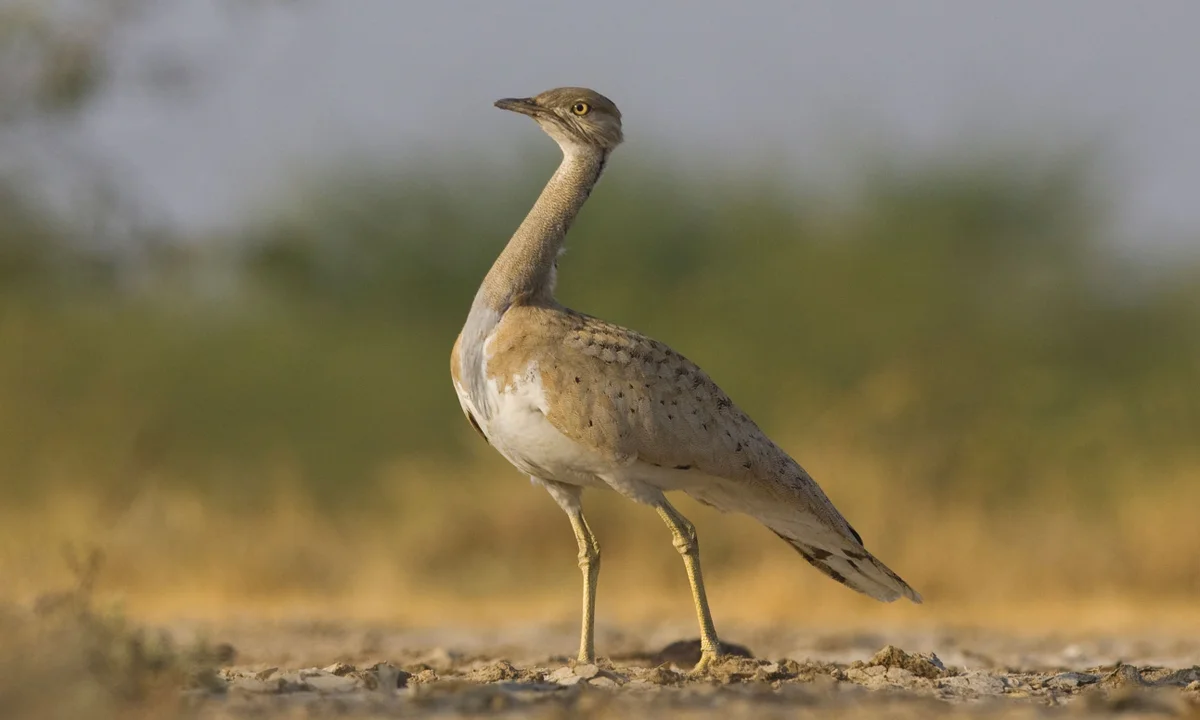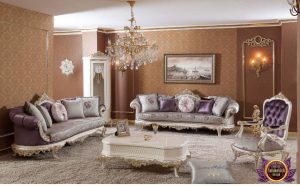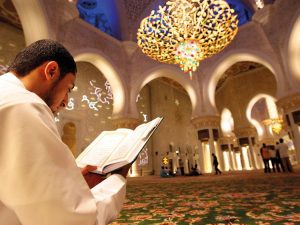
- Al Wathba Wetland Reserve (Abu Dhabi)
This reserve is a critical breeding ground, notably for the Greater Flamingo, the only site in the Arabian Gulf where they breed regularly. Over 260 bird species are recorded here, with the wetlands providing ideal conditions for nesting due to its mix of natural and man-made lakes. The reserve’s conservation efforts, led by the Environment Agency – Abu Dhabi (EAD), ensure safe breeding for these species.
- Jebel Ali Wildlife Sanctuary (Dubai)
This sanctuary is a key breeding ground for the Socotra Cormorant, an endemic species to the Arabian Gulf. From August to November, these birds form dense colonies, often numbering in the tens of thousands, laying eggs in shallow scrapes on sandy or gravelly terrain. Over 25% of the global Socotra Cormorant population breeds on UAE coasts, making this a globally significant site.
- Qarnein Island (Abu Dhabi)
Qarnein Island is a major breeding site for seabirds like the Sooty Gull and Red-billed Tropicbird. It hosts an estimated 2% of the world’s Sooty Gull breeding population and 2–3% of the global Red-billed Tropicbird breeding pairs. Its remote location and protected status make it ideal for undisturbed nesting.
- Jarnin Island (Abu Dhabi)
A marine oasis and internationally recognized reserve, Jarnin Island supports breeding for various seabirds and is a haven for species like the Red-footed Booby, recently recorded by the EAD. Its isolation protects nesting birds from human disturbance, making it a vital breeding ground.
- Ras Al Khor Wildlife Sanctuary (Dubai)
Known for its flamingo population, this sanctuary also supports breeding for other waterbirds. Its lagoons and mangroves provide safe nesting areas, though it’s more renowned for migratory stopovers than large-scale breeding.
- National Avian Research Centre (NARC) and Sheikh Khalifa Houbara Breeding Centre (Abu Dhabi)
While primarily focused on captive breeding of the Houbara Bustard, these centers release thousands of birds into the wild to support natural populations. The NARC, established in 1989, has bred over 290,000 Asian Houbara, with 224,000 released to enhance wild breeding populations across the UAE and beyond.
- Why These Sites Matter
- The UAE hosts around 426 bird species, with nearly 100 recorded as breeding, excluding introduced species. These breeding grounds are crucial for maintaining biodiversity, especially for threatened species like the Socotra Cormorant and Houbara Bustard. Protected areas like Al Wathba and Jebel Ali are part of the UAE’s commitment to conservation, with initiatives like the Zayed Protected Areas Network safeguarding 11% of the emirate’s threatened bird species.
- For birdwatchers or conservation enthusiasts, visiting these sites (where permitted) offers a chance to observe breeding behaviors. However, the EAD urges the public to avoid disturbing nests or collecting eggs, as these actions can lead to breeding failures. Always check access restrictions, as some areas, like Qarnein and Jarnin Islands, are off-limits to casual visitors to protect breeding colonies.





